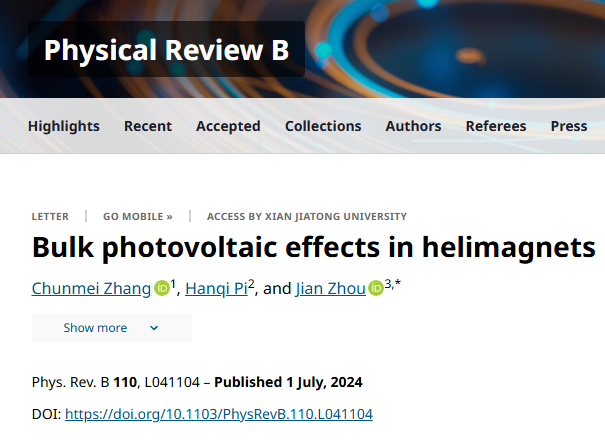
The bulk photovoltaic (BPV) effect that converts light into electric current is highly sensitive to the system symmetry and its electronic Bloch wave function. To create a sizable net electric current, it is necessary to break the centrosymmetry
in its host material. While prior studies mainly focus on
-broken nonmagnetic (time reversal
reserved) and collinear antiferromagnetic
systems, here we adopt magnetic group theory to scrutinize how helical spin polarization breaks
that is otherwise kept in its crystalline geometry. Such a spin helix widely exists in intrinsic multiferroics and magnon excitation in collinear magnets. We demonstrate that magnetic symmetries are determined by spin spiral configurations, helical propagation wave vectors, magnetic chirality, and spin winding angles at the home site, offering effective and versatile manipulation of BPV generation in helimagnets. This is illustrated by tight-binding model calculations. Furthermore, we apply our theory to monolayer
, a realistic showcase for helimagnetic material. Our first-principles calculations show that it could host observable direction-dependent BPV current, which could serve as a photoelectric probe to track the subtle magnetic configurations and potential multiferroic nature. This work reveals the fundamental mechanism of the interplay between spin spiral order and the nonlinear optics process.
Link:Bulk photovoltaic effects in helimagnets | Phys. Rev. B